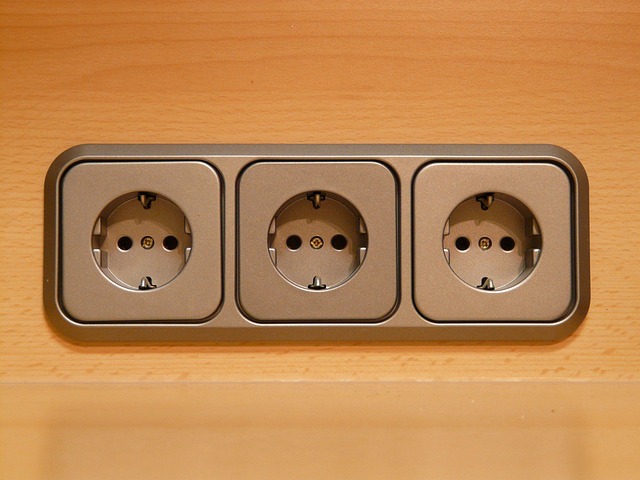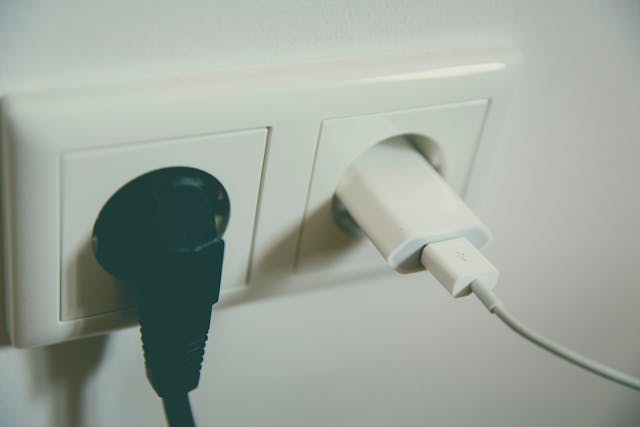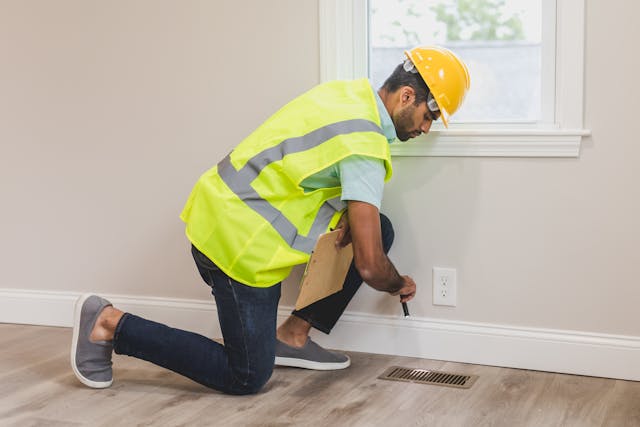Electrical hazards are often silent threats. Many warning signs of serious issues go unnoticed until it’s too late. While most homeowners are quick to act when a light goes out or a fuse blows, it’s the subtle, frequently overlooked clues that can lead to fires, property damage, or even injury. Being aware of these early signals is essential for protecting your home and your family. If you notice any of the signs below, it may be time to contact a local emergency electrician before the situation worsens.
Warm or Hot Outlets and Switch Plates
A surprising number of homeowners ignore warm wall outlets, assuming it’s normal. In reality, outlets and switches should always feel cool to the touch. Warmth is often caused by faulty wiring, excessive electrical load, or internal arcing behind the walls. If the heat persists, it could mean that wires are deteriorating and might ignite. Even more concerning is the risk that this heat is spreading behind the surface, where it can’t be seen until it’s too late.

Burning Smell With No Obvious Source
A distinct burning or melted plastic smell coming from an outlet, wall, or appliance is an urgent red flag. This odor may be the result of overheating wires or failing insulation inside your electrical system. In many cases, the damage remains hidden behind walls or ceilings. If you catch a whiff of burning without knowing where it’s coming from, shut off the power in that area immediately and call for help. This could be the only warning you get before a fire starts.
Flickering or Dimming Lights
We’ve all experienced a flickering lightbulb at some point. However, frequent or widespread flickering—especially when using large appliances like a microwave or heater—can signal deeper problems. It could mean unstable voltage, loose wiring, or an overloaded circuit. Dimming lights are another subtle sign that the system is under stress. If this happens often or in multiple rooms, it’s not just a bulb issue; it’s time for a deeper inspection.

Frequent Circuit Breaker Trips
Breakers have a design to trip when there’s an overload or fault, protecting your system from damage. However, when a breaker trips repeatedly for the same circuit, it means there’s a persistent problem that shouldn’t be ignored. Possible causes include frayed wires, faulty appliances, or circuits operating beyond their capacity. Resetting the breaker may seem like a quick fix, but doing it often without fixing the root cause puts your home at serious risk.
Buzzing or Crackling Noises
Electricity should be silent. Any buzzing, sizzling, or crackling sounds near outlets, switches, or electrical panels indicate something is wrong. These sounds are usually caused by loose connections or wiring that are arcing—releasing small sparks of electricity that could ignite nearby materials. This is not an issue to observe over time. If your home is making unusual electrical noises, it’s a sign that intervention is needed immediately.

Scorch Marks or Discoloration
Brown or black marks around outlets or switches are signs that there’s been sparking or overheating. Discoloration might appear subtle at first—just a light smudge or yellowing around the socket—but it’s often a sign of a serious underlying problem. These burn marks are physical proof that electricity has behaved dangerously in your walls, and ignoring them could lead to more damage—or even disaster. The early signs of electrical danger often appear harmless but can have deadly consequences if left unresolved. Paying attention to warm outlets, strange smells, unusual sounds, and changes in light behavior can help you catch a problem before it escalates. Be alert, trust your instincts, and if something feels off, don’t hesitate to call a professional. Protecting your home begins with recognizing the warning signs.…

 One of the most attractive aspects of cash offers is the speed with which the sale can be completed. Traditional sales often require a lengthy loan approval process, which can take weeks or even months. In contrast, cash sales eliminate the need for loan approval, appraisals, and other time-consuming steps. This allows the transaction to be finalized much quicker, often within a few days.
One of the most attractive aspects of cash offers is the speed with which the sale can be completed. Traditional sales often require a lengthy loan approval process, which can take weeks or even months. In contrast, cash sales eliminate the need for loan approval, appraisals, and other time-consuming steps. This allows the transaction to be finalized much quicker, often within a few days.
 Finally, one of the most appealing aspects of accepting a cash offer is the convenience and peace of mind it provides. The process is typically less stressful, with fewer hoops to jump through and less paperwork to handle. Cash sales are straightforward, allowing sellers to move forward without the uncertainties and delays associated with traditional sales.
Finally, one of the most appealing aspects of accepting a cash offer is the convenience and peace of mind it provides. The process is typically less stressful, with fewer hoops to jump through and less paperwork to handle. Cash sales are straightforward, allowing sellers to move forward without the uncertainties and delays associated with traditional sales.

 Now, let’s talk about insulation. When it comes to attic insulation, you can find two different types. Those are fiberglass and cellulose. Fiberglass is the most familiar type of insulation. However, it’s not always the best option. On the other hand, cellulose is a newer type of insulation that’s made from recycled paper and cardboard. It’s more environmentally friendly and effective than fiberglass, but it’s also more expensive. So when you’re choosing insulation for your attic, make sure to pick the right one for the application. Your attic shouldn’t be an afterthought. By following these simple tips, you can improve your attic’s efficiency and save money on your energy bill. Also, it’s a must to call a professional when you notice any problems with your attic.
Now, let’s talk about insulation. When it comes to attic insulation, you can find two different types. Those are fiberglass and cellulose. Fiberglass is the most familiar type of insulation. However, it’s not always the best option. On the other hand, cellulose is a newer type of insulation that’s made from recycled paper and cardboard. It’s more environmentally friendly and effective than fiberglass, but it’s also more expensive. So when you’re choosing insulation for your attic, make sure to pick the right one for the application. Your attic shouldn’t be an afterthought. By following these simple tips, you can improve your attic’s efficiency and save money on your energy bill. Also, it’s a must to call a professional when you notice any problems with your attic.